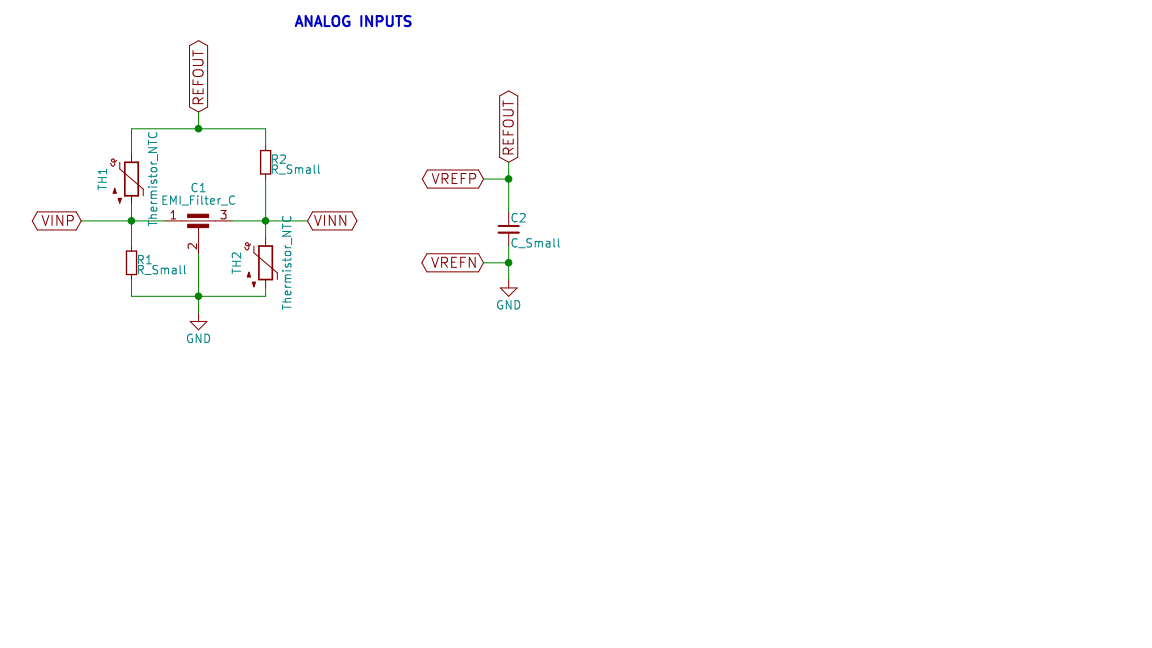Hello! Me again.
I have a circuit based on the ADS1262 where I am measuring temperature using a Wheatstone bridge (sample circuit attached). I am configuring the circuit to be ratiometric (VinP-VinN)/(VrefP-VrefN). My question is: now that I would like to use the internal 2.5V reference (REFOUT in the schematic) to excite the bridge, what is the best way to supply Vref? As shown, I have a filtering cap on the reference input and I take traces from the top (Vref) and bottom (GND) of the bridge to the ADS1262's AIN5 and AIN6 pins. Is this necessary? I know that it is possible to just configure the reference multiplexer to use the internal reference (REFMUX to 0) but I worry that by not directly sampling Vref in situ (i.e. - across the bridge), some fidelity in the conversion may be lost. Any thoughts from the pros on this?
Thanks!


